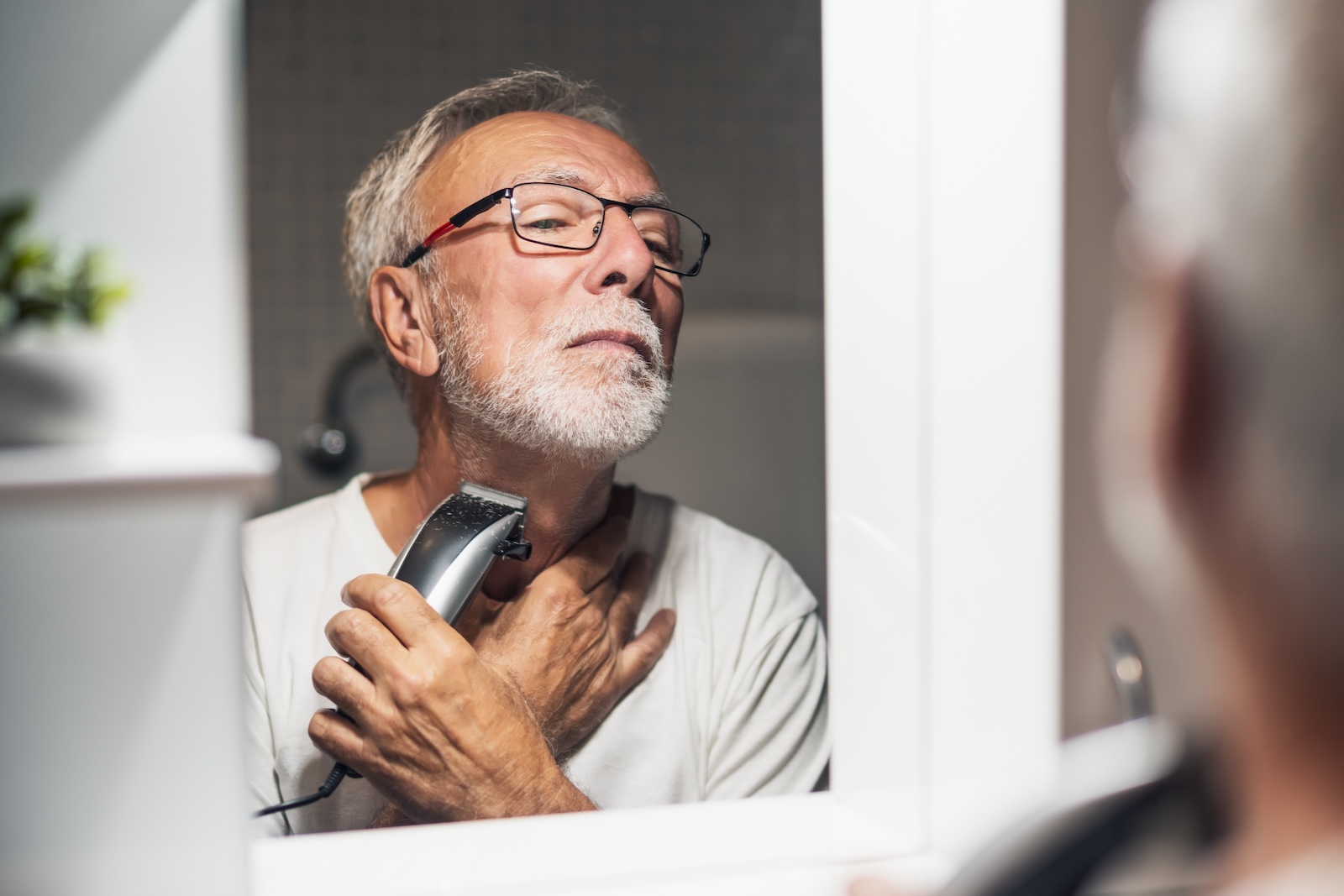Magazine
How To Stimulate Hair Growth: Actionable Tips

Everybody likes to sport a good, healthy head of hair. Most of us, however, experience hair loss or thinning at some point in our lifetimes. If you’ve ever looked in the mirror and felt that your hair could be thicker, you certainly aren’t alone; 85 percent of men have reported noticing hair thinning by the time they reach 50.
Hair loss in most people is normal, especially with aging; on average, most people lose around 50 to 100 strands of hair a day. This might sound like a lot, but when you consider that most people have up to 100,000 strands of hair on their head, it’s really only an insignificant amount. Your hair is also always at work producing new strands. Hair loss and thinning only become noticeable when new hair isn’t growing to replace the hair you lost or your hair sheds from damage.
There are many reasons why you might be experiencing thinning hair; the good news is that there are also several ways in which you can encourage hair growth and thickness. Read on to find out more about hair growth and ways to stimulate it.
Causes of Hair Loss
Hair loss can have a whole myriad of causes. Genetics can be a huge factor; many men and women start seeing thinning or bald spots as they age. Hormonal changes, weight loss, medical conditions such as alopecia areata, and certain medications can also trigger hair loss.
A lot of these things might be out of our control, but there are some factors that we can work on. For example, stress, nutrition, and hairstyle habits can also contribute to the side effects of losing or thinning hair. The good news here is that this kind of hair loss is generally temporary and can be remedied, as healthy hair growth is possible.
Hair Growth Cycle
To get to know our hair better, it’s important to understand how hair grows in the first place. Strands of hair sit in tiny holes, or tube-like pockets, in the scalp. These are called follicles. Blood vessels in your scalp allow your hair to grow, and individual strands are pushed up through the follicle and the skin. Follicles can shrink over time, especially as you age, making your hair thinner or eventually stopping growth altogether.
Hair growth happens in three stages:
The Anagen Phase
Around 90 percent of hair is generally in the anagen or growing phase depending on your age. This hair is actively growing and can stay in this phase for up to about seven years. In genetic hair loss, this part of the cycle is cut short. Focusing on the anagen phase of your hair’s lifecycle can keep it growing healthy.
The Catagen Phase
This is the second phase of hair growth. Less than 10 percent of hair is usually in the catagen phase. This is the phase in which hair starts to degenerate; it only lasts a few weeks.
The Telogen Phase
The final stage of hair growth is the telogen, or resting phase. This is where hair shedding happens, and it affects around 5-10 percent of your hair. The telogen phase is a completely natural part of the cycle; however, a lot of hair loss, generally caused by triggers like stress, poor nutrition, or hormonal changes, happens when hair enters the telogen phase too soon or too frequently.
Things You Can Do to Stimulate Hair Growth
Massage Your Scalp
Massaging your scalp every day for a few minutes has been found to aid in the growth and thickness of your hair. You can use your finger to do this or buy yourself a head-scratcher or scalp massager. You can also combine the massage with washing your hair. Especially if you have longer hair, use a bit of beneficial hair oil while massaging to prevent tangling and protect your strands.
Trim to Prevent Split Ends
The idea that cutting your hair frequently stimulates hair growth has not been proven; however, trimming your hair regularly can prevent the formation of split ends, which contribute to hair breakage. It will also help your hair maintain a healthier, more voluminous look.
Brush Your Hair
Brushing your hair distributes your hair’s natural oils. If you have longer hair, tangles are also one of the biggest culprits in hair breakage; gently detangling and combing your hair (while being careful not to pull it out of your scalp or damage it further) can help loosen those tangles and prevent that breakage.
Avoid Heat and Sunlight
Excessive exposure to UV rays from sunlight is bad for your skin and your hair. Heat exposure can damage your hair over time. Try to occasionally wear hats or even lightly apply some spray-on sunscreen to your scalp.
If you blowdry your hair dry, do it on the lowest setting, as heat can open up the outer cuticle layer of your hair and weaken your strands. It’s best just to let your hair air-dry; you can set it for a few minutes with a microfiber towel if needed.
Avoid Sulfates
Many shampoos contain sulfates, commonly in the form of sodium lauryl sulfate or sodium laureth sulfate. The purpose of these ingredients is to allow the shampoo to lather as you use it; however, sulfates can strip your scalp of its natural proteins and oils, resulting in hair that is dry and frizzy. Instead, look for sulfate-free shampoos with beneficial ingredients that can keep your hair and scalp shinier and moisturized in the long run.
Be Gentle With Your Hair
A lot of hair breakage happens through sheer neglect or overuse of specific styling methods and products. For example, if you’re not careful while brushing your hair, you can end up pulling and snagging it––particularly if you brush your hair when it’s wet.
Try using a wide-toothed comb to give your hair more leeway. You should also not load up on too many products, resulting in buildup on the scalp.
Don’t Bleach Your Hair
You should also avoid the use of aggressive dyes when you’re trying to encourage hair growth. It shouldn’t come as a surprise that bleaching is bad for your hair, as it damages the hair at its root. If you’d like to dye your hair, make sure to have a professional do it.
Eat a Hair Healthy Diet
A balanced, nutrient-rich diet is not just good for your overall health but the health of your hair as well. Look for foods that contain hair-healthy nutrients; for example, beta-carotene, which is converted to Vitamin A in the body, is good for your immune system, vision, hair, and skin.
Omega-3 fatty acids reduce dryness, which is a common culprit in hair breakage. Biotin is good for your hair because it aids keratin, the building block of hair strands. Vitamin D, in moderation, can help stimulate hair follicles. You should also make sure you’re getting a good amount of iron, zinc, good fats, and B-vitamins.
Here are foods that can help support your hair’s health:
- Meat (if you’re a vegetarian, consider B-12 supplements)
- Eggs (specifically the yolk)
- Nuts
- Berries
- Oily Fish
- Leafy Green Vegetables like Spinach, Lettuce, and Kale
- Carrots
- Sweet Potatoes
- Salmon
- Avocados
- Oysters
Make Sure You’re Getting Enough Calories
Some diets or sudden weight loss may lead to temporary hair loss if you decrease the number of calories you eat. Don’t freak out––this is generally temporary and shouldn’t prevent you from making a healthy lifestyle change. However, make sure you’re getting enough calories.
Vitamin and Mineral Supplements
Most people can get the necessary nutrients through a balanced diet. However, if you find, after a blood test from your doctor, that you have a biotin, iron, or zinc deficiency, you may want to take supplements or multivitamins. You can also boost your protein intake. However, you should not overdo it with supplements––taking too much iron when you don’t need it, for example, can become harmful. This is something you should discuss with your doctor to avoid overdoing it.
Use a Moisturizing Conditioner
Moisturizing your hair with a conditioner provides a protective coat that will keep your hair from being damaged easily. This is especially important if you shampoo often; shampooing cleanses your hair, but it can also strip your hair of its natural oils if overdone. Leave-in conditioners and detanglers can also be useful to prevent breakage and frizz.
Reduce Stress
When you’re stressed out, your body releases cortisol; this hormone can sometimes be helpful, but it can trigger hair loss by negatively affecting your hair follicles. While reducing stress is easier said than done, exercise, meditation, and taking some moments to yourself are good places to start. Make sure to get enough sleep as well.
Quit Smoking
If you smoke, it might be contributing to hair loss and shedding. Smoking negatively affects blood circulation in your body; this, in turn, means that nutrients cannot easily access the hair follicles on your scalp that creates hair growth. Pollution from smoking can also cause damage to your hair.
OTC Medication or Prescription
This is something you should discuss with your doctor first, but there are over-the-counter medications that you can use to combat hair loss.
The Takeaway
Although it is extremely common, thinning hair can be a frustrating issue to deal with if you don’t know where to start. However, with the right diet and care, you can encourage and stimulate hair growth. The key to all these tips is, of course, moderation––be gentle with your hair and be patient while waiting for results. There are lots of things you can do to keep your hair and your scalp healthy.
Sources:
Are Sulfates Your Enemy? | The Hair Society
Causes for Hair Loss | Northwestern Medicine
Foods To Eat For Hair Loss, Nutrition For Thinning Hair | AARP
Hair Loss | Common Causes and Treatment | American Family Physician
Hair Loss | Diagnosis and Treatment | American Academy of Dermatology Association
Hair Loss | Symptoms and Causes | American Academy of Dermatology Association
Hair Loss | Tips for Managing | American Academy of Dermatology Association
The Truth About Hair Loss Cures | Consumer Reports
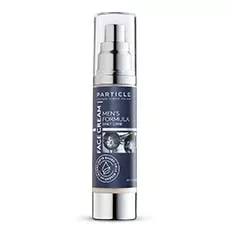
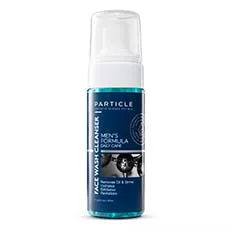
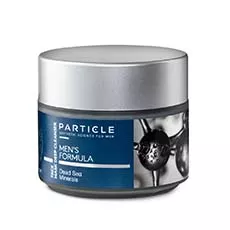
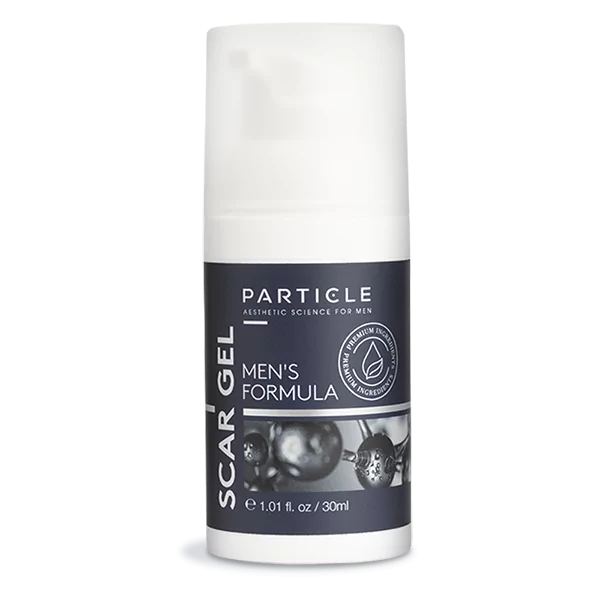
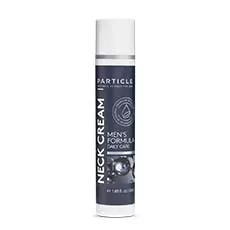
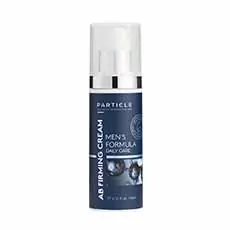
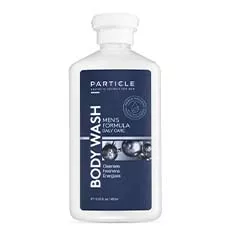
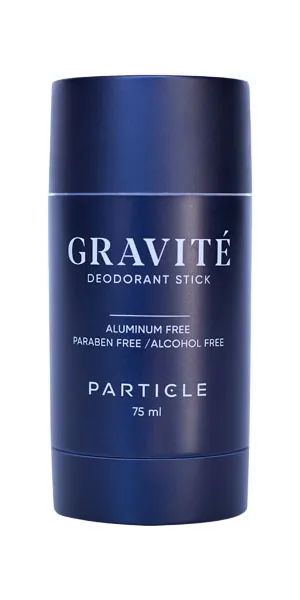
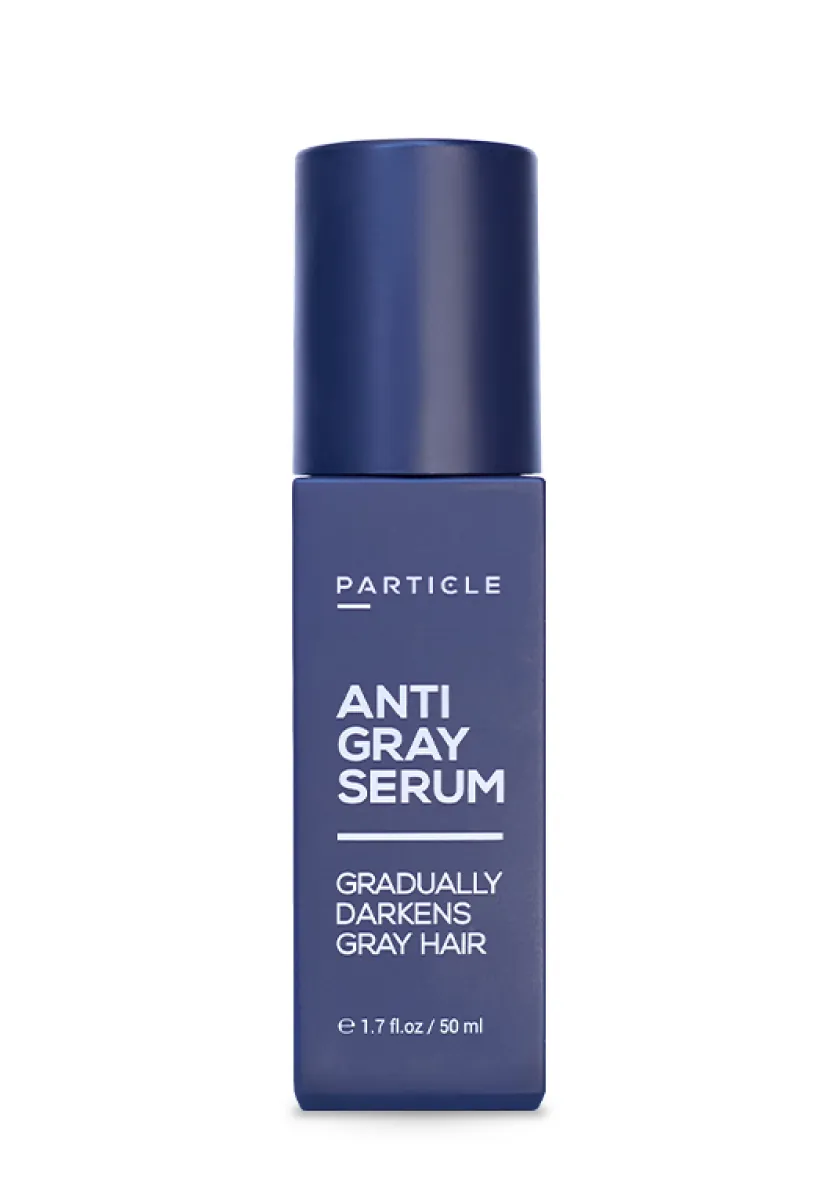
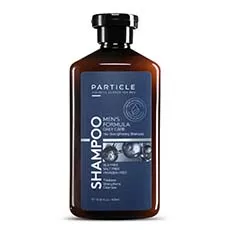
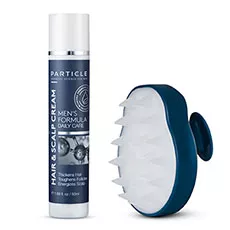
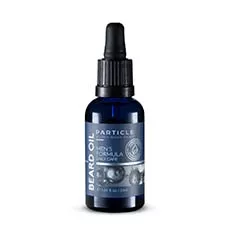
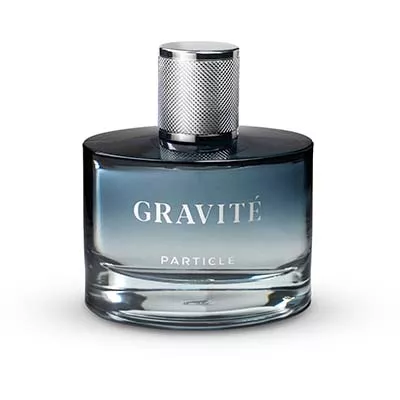

 ca
ca















